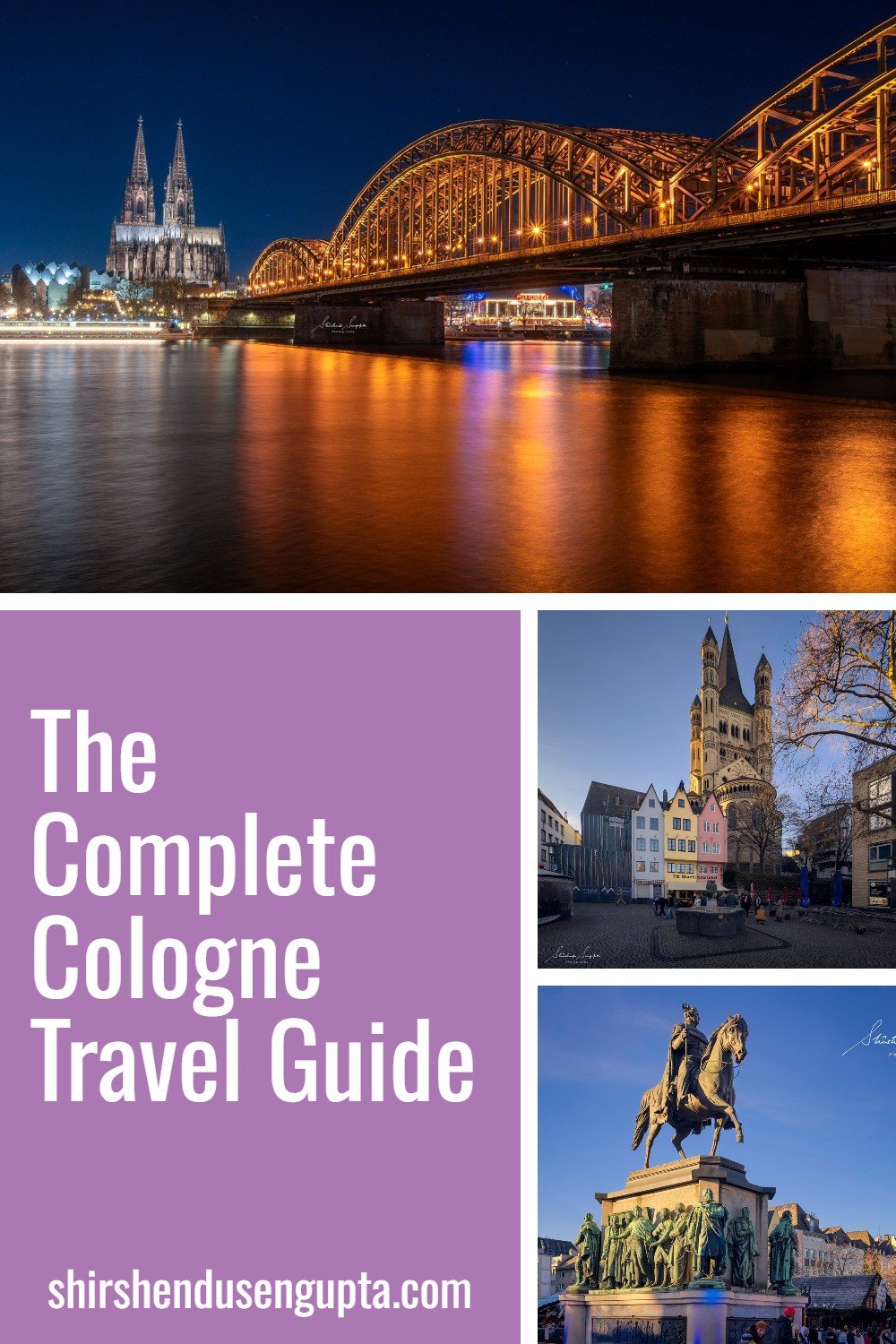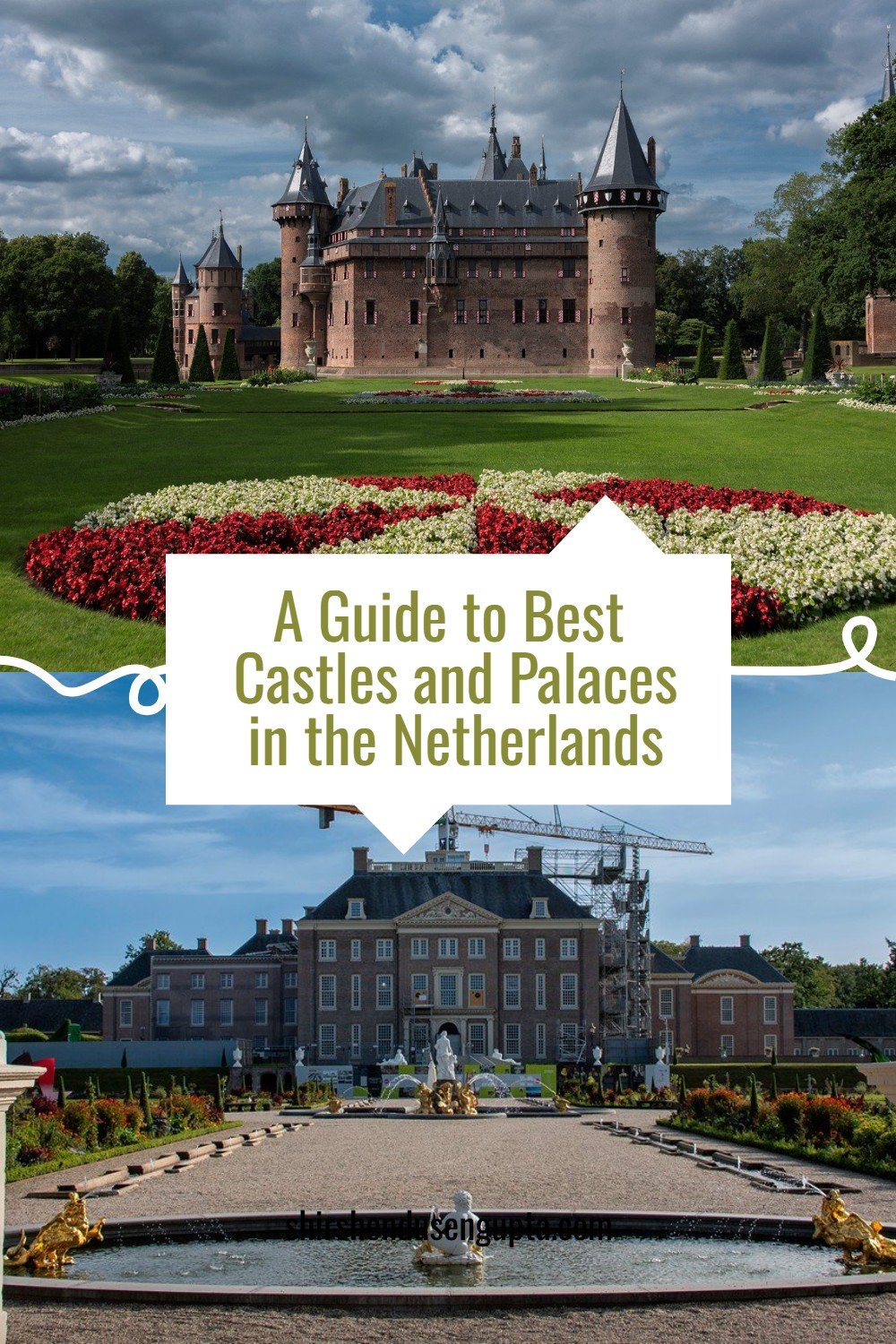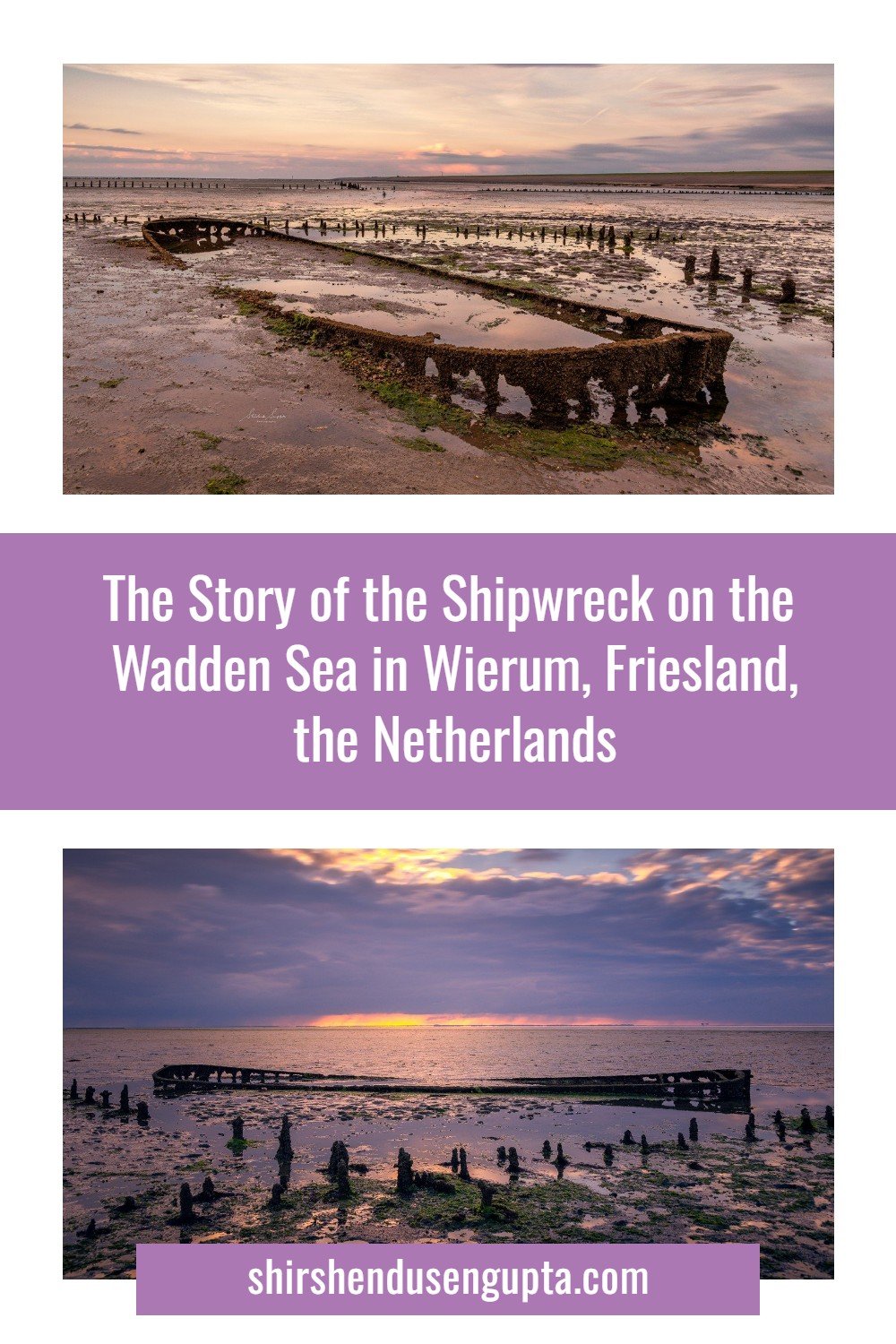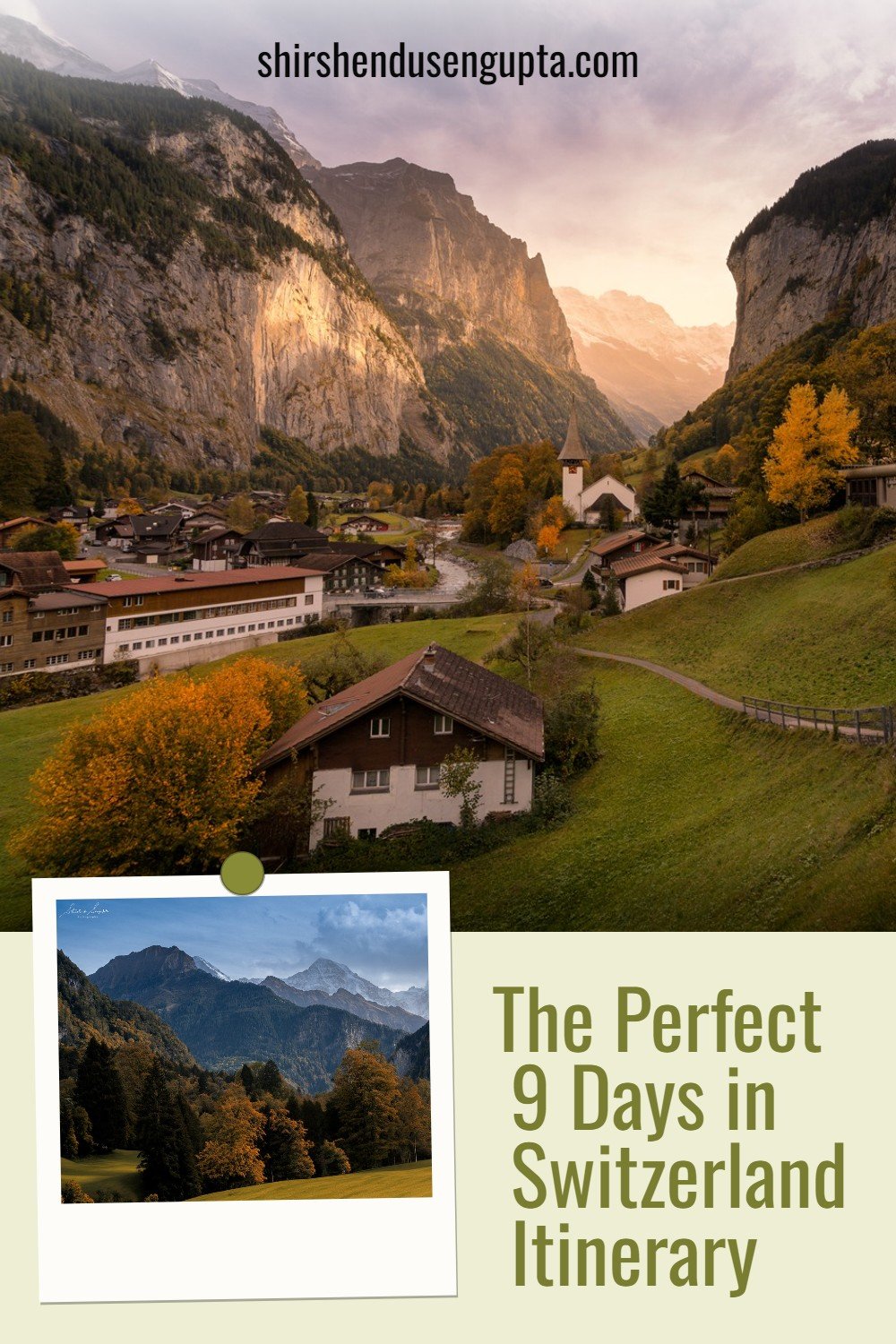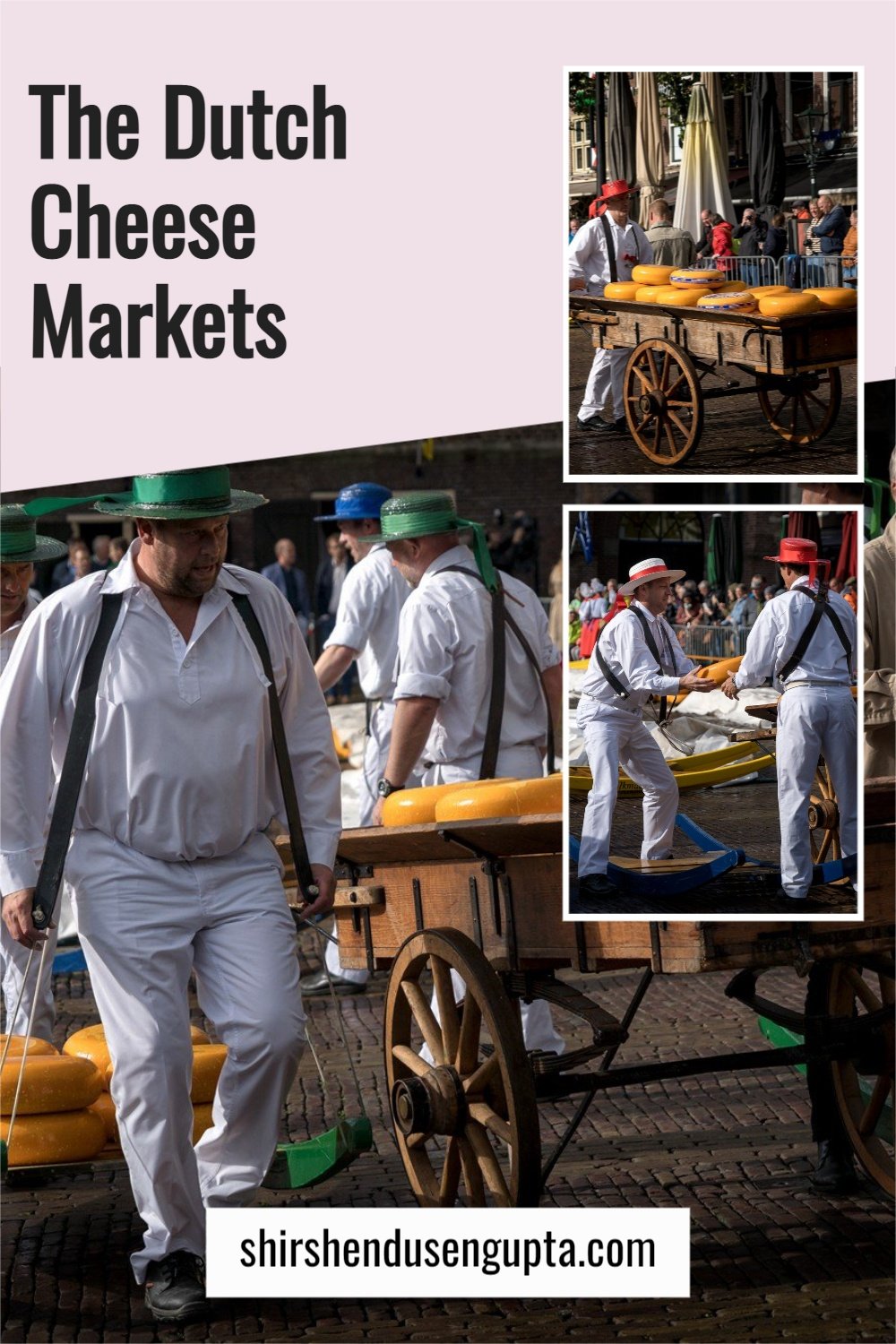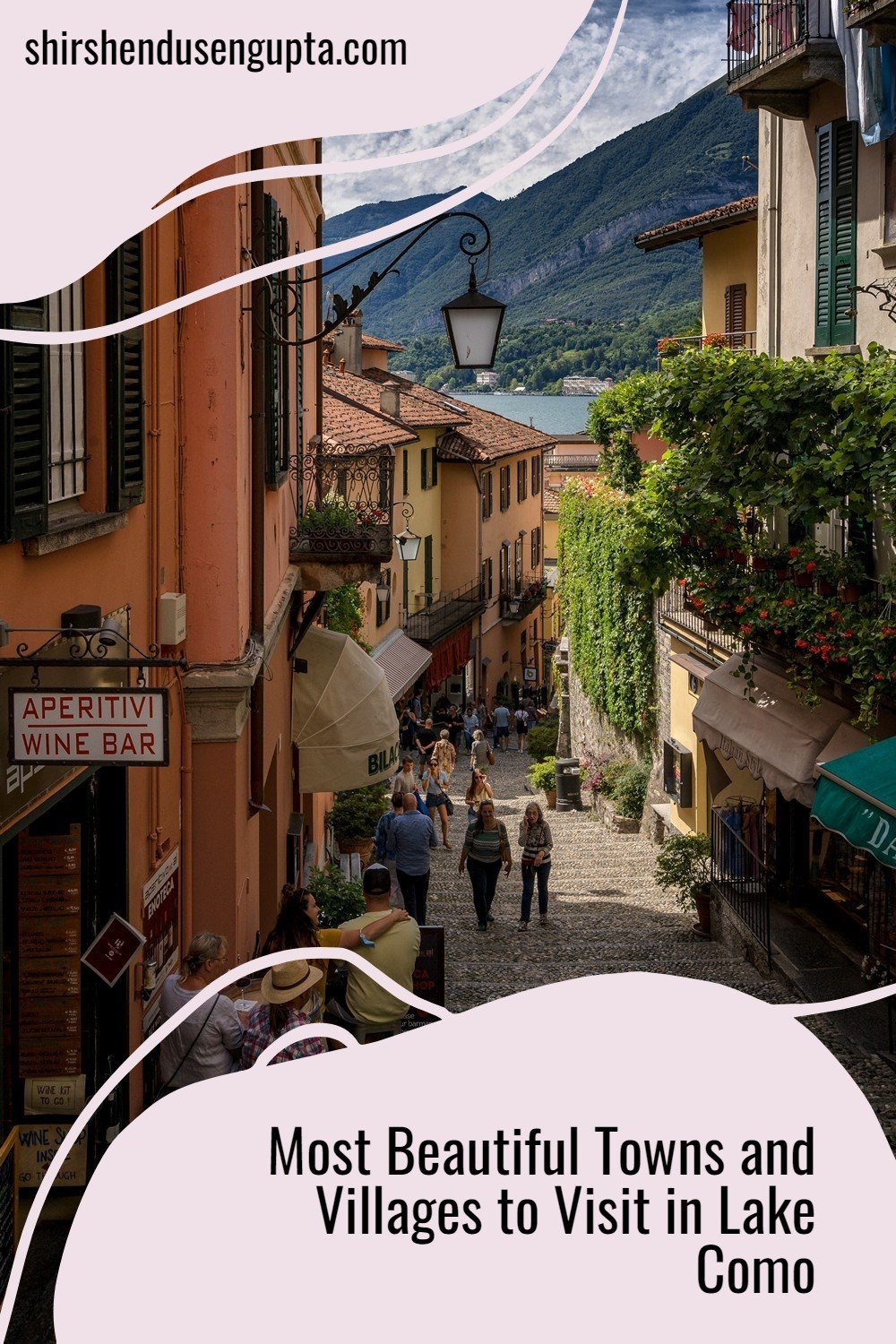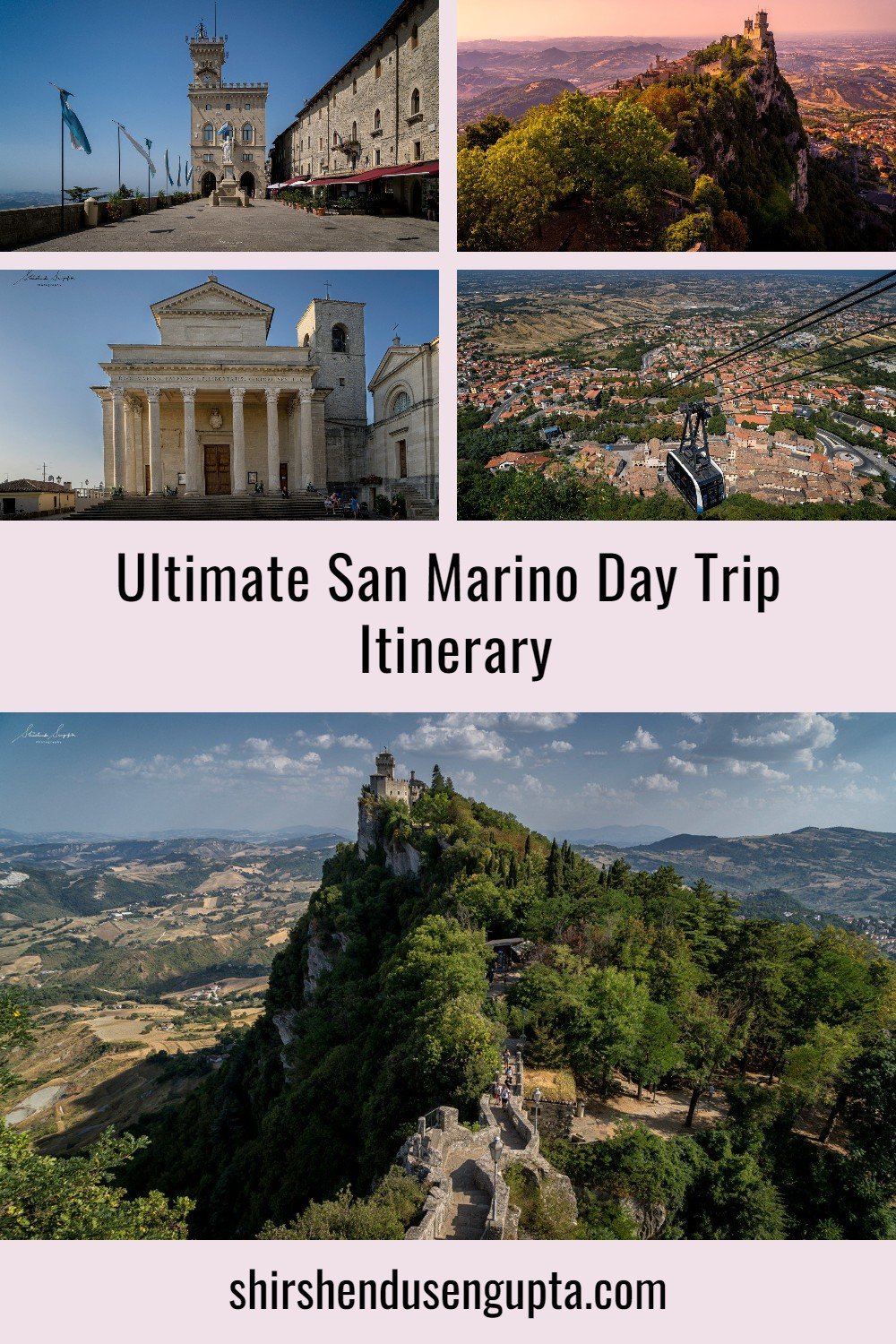19 Best Things to See and Do in Lisbon | Top 19 Tourist Attractions of Lisbon | 19 Best Places to Visit in Lisbon, Portugal
Welcome to Portugal
Situated at the southwestern tip of the Iberian Peninsula, Portugal marks the ‘End of Europe.’ This is where the explorers set off on their expeditions to seek the unknown during the period of European history known as ‘The Age of Discoveries.’ Once a global superpower with a large empire extending from Brazil to Africa all the way to the far east, Portugal has centuries of history and culture carved into its grand monuments and ground between its salty cobblestones. Intriguing chronicles, idyllic medieval towns, bewitching countryside, saliva-dripping grilled seafood, and most importantly the best beaches in the world with awe-inspiring rock formations rising from the cobalt blue crystal clear waters of the Atlantic - that fairly summarizes though doesn’t quite describe the unsurpassed beauty of Portugal.
About Lisbon
Lisbon, the capital of Portugal, the second-oldest capital (after Athens) in Europe, and the westernmost capital city in continental Europe is situated on the estuary of the Tagus (Tejo) river and serves as the nation's principal port, largest city, and commercial, political, and tourism hub. The name of the city, which is a variant of the old Olisipo (Ulyssipo), has been linked to three people: Ulysses (Odysseus), the hero of Homer's Odyssey; Elisha, who is said to be the grandson of the Hebrew patriarch Abraham; and, more plausibly, Phoenician colonists.
Lisbon's natural harbor, one of the most magnificent in the world, is what gives the city its historical prominence. Lisbon was once the to some of history's greatest explorers, including Vasco da Gama, Ferdinand Magellan, and Prince Henry the Navigator. It was also the seat of an empire that spanned all continents, from South America (Brazil) to Asia (Macao, China, and India). The only European capital with seaside sunsets and so close to sand beaches, it is a place that is always up for lengthy dinners, coffee breaks, nightlife, and romance. Today, I’m going to take you along with me on a ride across the 19 best things to see and do in Lisbon. Let the journey begin!
19 Best Things to See and Do in Lisbon
1. Watch the sun rise and set over the city from Miradouro das Portas do Sol
The famous gazebo Miradouro das Portas do Sol, which was once a Moorish doorway, offers breathtaking views of a jumble of red rooftops and pastel-colored houses of Alfama (the oldest district of Lisbon), underscored by the true blue Tagus.
2. Stroll through the colorful maze of streets in Alfama
Alfama is the oldest district in Lisbon. It is a charming tangle of winding lanes that climb uphill from the Tagus river estuary to the castle of San Jorge. Historic sites including the Lisbon Cathedral and Saint Anthony's Church are located within this old neighborhood.
3. See the Statue of St. Vincent at Miradouro das Portas do Sol
A statue of Saint Vincent holding a boat with two ravens, which is the symbol of Lisbon, can be found at Miradouro das Portas do Sol. Saint Vincent of Saragossa, often known as Saint Vincent of Fora locally, is Lisbon's patron saint.
4. Visit Castelo de São Jorge
The hilltop fortifications of Castelo de São Jorge, which tower spectacularly above Lisbon, are seen in practically every picture. Visitors spend the entire day exploring its winding ramparts and pine-shaded courtyards in search of the best views of the city's red rooftops and the river.
5. Listen to Fado
The Fado, which translates to "Fate" in English, is a must-hear during any visit to Lisbon. A mandolin and guitar are used in this melancholic Portuguese music style, and the singers of the Fadista sing poetry lyrics about darker aspects of love, death, and despair. You may find stray buskers performing on the streets or visit Fado restaurants/bars (that are normally open for dinner) to experience it.
6. Visit the imposing Sé de Lisboa (Lisbon Cathedral)
The Sé Cathedral is the most significant and recognizable place of worship in Lisbon. The Sé Cathedral has been intertwined with Portugal's early history since the 12th century when it served as a witness to the births, marriages, and deaths of Portugal's nobility and elite. The big ancient church's facade, with its thick, sturdy walls and two enormous clock towers, is more akin to a fortification than a place of worship.
7. Marvel at Santuário Nacional de Cristo Rei (National Sanctuary of Christ The King)
One of Lisbon's most recognizable and notable landmarks, the statue of Cristo Rei is located on the southern bank of the River Tagus. The statue of Christ is standing on a tall pedestal and is holding out his arms as if to bless Lisbon, akin to the Christ the Redeemer statue of Rio de Janeiro, Brazil. Visitors can combine their visit with a ferry journey across the river from the observation deck at the base of the statue, which offers breathtaking views of Lisbon. The 28-meter-tall statue of Christ the King is set atop a 75-meter-tall reinforced concrete pedestal. The foundation tower's arches are all pointed in the directions indicated by the compass rose. The monument is 133 meters above sea level and is built atop the Almada district's highest point. The statue's construction was paid for by the Catholic Church of Lisbon, despite the fact that the monument is located within the Setubal diocese.
The Cristo Rei statue was built by a population that was grateful to have avoided the horrors of the Second World War during a period of Portugal's history that was intensely religious. The church encouraged this religious fervor, which was welcomed by Salazar's nationalistic dictatorship regime. Although the Cristo Rei Christ Statue is still of significant religious importance and is a popular pilgrimage site, the majority of foreign visitors come for the breathtaking panoramic views of Lisbon.
8. Check out Ponte 25 de Abril (25 de Abril Bridge)
One of Lisbon's most recognizable sights, the Ponte 25 de Abril suspension bridge spans the River Tagus at its narrowest point. This suspension bridge connects Lisbon, which is located on the north bank, to Alameda, which is located on the south bank of River Tagus. The name of this enormous bridge honors the Portuguese Carnation Revolution of April 25, 1974, and it strongly resembles the Golden Gate Bridge in San Francisco. The analogy is valid because Ponte 25 de Abril was also built by the same consortium that built the American bridge. Both bridges share a similar aesthetic, are built in areas with a high likelihood of earthquakes, and have nearly identical designs.
Cruise and container ships may easily travel beneath the Ponte 25 de Abril bridge and dock in Lisbon because the road level is 70m above the River Tagus. The Ponte 25 de Abril is 2.3 kilometers long in total. The United Steel Export Company, which had over 3000 personnel on the job site, led the partnership that constructed the bridge. Five months sooner than anticipated, the Ponte 25 de Abril bridge was finished in 45 months and opened on August 6, 1966. The project's overall cost to the Portuguese government was $32 million, and it took 25 years of toll revenue to pay for the construction expenses.
9. Take a walk around Convento do Carmo (Carmo Convent)
Nuno Álvares Pereira, a Portuguese knight, established the Convento da Ordem do Carmo in 1389 as a convent for the Carmelite Order. After leading a deceive victory against the Castilian army in the battle of Aljubarrota in 1385, he gained the favor of King John I of Portugal. By securing Portugal's independence from Spain, this victory also gave the devout Nuno the means to found the Convento da Ordem do Carmo.
During the same time, the Igreja do Carmo (Carmo Church) was built. Nuno gave the convent his entire fortune in 1404, and in 1423 he was made a full brother. A devastating earthquake struck Lisbon on November 1st, 1755, and left it in ruins. The 1st of November is the feast day of "All Saints" and the Igreja do Carmo was packed with worshippers celebrating the festival. The 8.9 earthquake rocked the church causing the huge roof to collapse crushing hundreds of worshippers, and the fires ignited from the toppled candles raged for days.
10. Get mesmerized by the interiors of Igreja de São Roque (Church of Sao Roque)
One of Lisbon's and possibly all of Portugal's most beautiful and decorative churches is hidden behind the Igreja de São Roque's plain exterior. The stunning chapel Saint John the Baptist and some of the best specimens of Jesuit sacred art can be found inside the white-washed church and adjacent museum. If you plan to visit the interior of only one church in Lisbon the Igreja de São Roque should be the church of choice.
Originally a shrine, the Igreja de São Roque housed a relic from São Roque (Saint Rocco or Saint Roch). São Roque (1295–1327), whose feast day is observed on August 16th, was canonized for curing plague victims. After São Roque passed away, he was adopted as a symbol of protection against the Black Death, which ravaged most of Europe.
11. Visit the Mosteiro dos Jerónimos (Jerónimos Monastery)
The opulent monastery known as the Mosteiro dos Jerónimos was funded by the 5% tax levied on spices into Portugal. The construction of what was first intended to be a small monastery complex took 50 years longer due to the surplus commercial revenue, resulting in one of Portugal's most elaborate religious structures. Vasco da Gama spent his final night here before embarking on his lengthy journey to India. Later, sailors' wives would gather at the church to pray for the safe return of their loved ones.
When Vasco da Gama passed away, his body was initially laid to rest at St. Francis Church in Fort Kochi in the city of Kochi in India, but in 1539, his remains were sent back to Vidigueira in Portugal. In 1880, Vasco da Gama and the poet Luís de Camões, who had immortalized the explorer's first voyage in his 1572 epic poem ‘The Lusiad,’ were reburied just a few meters from the tombs of the kings Manuel I and John III, whom Vasco da Gama had served.
12. Check out the Padrão dos Descobrimentos (Monument to the Discoveries)
One of Lisbon's most recognizable landmarks, the Padrão dos Descobrimentos (the Discoveries Monument), was built to honor the famous Portuguese explorers while fostering national pride. The monument is reminiscent of the stark Soviet Socialist Realism architectural style from a distance, but up close, the lifelike details are astounding, giving each of the characters their own unique personalities. Both sides of the monument feature the statue of Infante D. Henrique, the main catalyst of Portugal's 15th-century Golden Age of Discovery, with the explorers' representations on the western side and the financiers' on the eastern. The monument is cleverly built to resemble the bow of a boat as it looks out over the estuary, with the rear representing the Latin Cross.
13. Take a walk around Torre de Belém (Belém Tower)
The charming Torre de Belém, which originally stood in the River Tagus Estuary's middle to protect the city from attack by sea, is now recognized as Lisbon's symbol. The Torre de Belém was built with intricate craftsmanship, and it is embellished with stunning stone carvings, for such a minor defensive fortress. The Torre de Belém, which features Moorish watchtowers and ornamental battlements, was built in the style of North African architecture. Inside, there is the first rhinoceros carving ever discovered in Europe.
14. Unwind at Praça Dom Pedro IV (Rossio Square)
The main square and the beating heart of Lisbon is the Praça Dom Pedro IV. The Portuguese take great pleasure in their large square, which features recognizable stone paving, impressive fountains, and a statue of Dom Pedro IV. Rossio is the center of Lisbon; here, students gather to sing, workers to protest, and tourists to sip overpriced coffee. Many times, Praça Dom Pedro is referred to by its far earlier name, Rossio. The Rossio train station, which connects Lisbon with the well-known tourist destination Sintra, is located to the northeast of the square. Rossio is served by a number of bus lines, notably the Aerobus airport service. The lovely and historic Ginjinha Bar, which serves the sweet alcoholic beverage, is located on the square's northeastern side. Numerous tourist-oriented restaurants may be found on the pedestrian Rua das Portas de Santo Antao, which is a well-liked location in the early evening.
15. Relax at Praça do Comércio (Commerce Square)
The largest of Lisbon's impressive plazas, the Praça do Comércio, is situated on the brink of the Tagus river. It was customary for traders to sell their imports here, and bankers to provide funding for dangerous voyages beyond the edges of the known globe. The Praça de Comercio, or Commercial Square in English, was the focal point through which Portugal's wealth was distributed. The square serves as a significant transportation hub and an alluring tourism destination for travelers. Trams that travel west to the Belém neighborhood depart from the northern side, while a ferry port that crosses the River Tagus is located on the southern side.
The Praça do Comércio is the most impressive of Lisbon's squares as a tourist destination, with typical painted buildings bordering the three sides and a beautiful statue of King José I placed in the middle. The beautiful and elaborate Arco da Rua Augusta (Rua Augusta Arch) denotes the entrance to the Rua Augusta, which is located on the northern edge.
16. Walk through Arco da Rua Augusta (Rua Augusta Arch)
The 19th-century Rua Augusta Arch (Arco da Rua Augusta), which is situated at the northern end of Praça do Comércio on Rua Augusta in Lisbon by the River Tagus, is a representation of the Portuguese capital's recovery from the devastation of the 1755 earthquake. However, it wasn't until 1875 that the arch was formally finished.
The arch is supported by six columns, some of which are as tall as 11 meters. Vítor Bastos (1832–1894), a Portuguese sculptor, decorated the columns with statues of historical figures such as the Marquis of Pombal, Vasco da Gama, General Nuno Álvares Pereira, and Viriatus, who fought against the Roman conquest of Portugal. Colossal sculptures by French sculptor Célestin Anatole Calmels at the pinnacle of the arch symbolize Glory honoring genius and bravery.
17. Go shopping at Rua Augusta
Through the triumphal arch, which contains a clock with filigreed stone reliefs on the Rua Augusta side, Comércio Square opens onto Rua Augusta. There are mosaic pavements, outdoor cafes, international stores, and occasionally a street performer or peddler on this bustling pedestrian strip.
18. Take a leisurely stroll through the city center of Lisbon
Lisbon is fairly walkable, but the cobbled streets can be exceedingly slick, even if they are charming and picturesque, especially when it rains. Wear proper sandals or walking shoes with sturdy rubber soles, not ones made of leather or plastic. In order to avoid having weary feet after an hour of exploration, you'll also want to make sure they are quite comfortable.
19. Take a ride in the iconic trams of Lisbon
Lisbon's trams are not only one of the city's most practical modes of transportation but also one of the most well-liked tourist attractions. Out of these, the nostalgic Tram 28 is an institution in itself. You'll travel back in time on this wooden tram. Running between Martim Moniz Square and Prazeres by the Campo de Ourique area (where it ends at night after 9:30 p.m.) passing through Graça, Mouraria, Alfama, Baixa, Chiado, Madragoa, and Bairro Alto among other charming areas, it is a 7 km route that was first introduced in 1914. It withstood the rise of the car and the bus because it was the greatest way to navigate the tight spaces and corners of the older neighborhoods, for being a popular tourist route, and for using renewable energy. Lisbon would lose some of its essence without the incessant rattling of these unusual yellow "boxes," since it has become an integral aspect of city life. Every day, thousands of tourists ride this tram.
Visiting Lisbon
Best Time to Visit: The best seasons to visit Lisbon are spring (from March to May) and fall (from September to October) when the city is less crowded and the weather is milder than in the summer. These seasons are great for seeing the city's sights in comfort because they offer comfortable temperatures, blossoming flowers, and fewer crowds. We visited during the summer holidays in July and the heat was quite harsh.
Number of Days to Stay: We suggest staying for at least three or four days to truly explore Lisbon and its surroundings. This will allow you ample time to stroll through the old neighborhoods, see famous sites, and savor Portuguese cuisine.
Best Place to Stay: Lisbon has a range of lodging choices to accommodate a range of spending limits and tastes. If you want to stay in a central area close to the main attractions, think about choosing to stay in the Baixa or Chiado neighborhoods. Notable locations like Praça do Comércio and São Jorge Castle are easily accessible by foot from these vibrant neighborhoods, which are dotted with stores, eateries, and cafes. Alternatively, search for lodging in the charming Alfama neighborhood or along the waterfront in locations like Belém or Parque das Nações if you'd rather unwind in a more laid-back setting with breathtaking views of the city and the river. We stayed in Alfama during summer and the ambiance was very hip with music playing on the streets and terrace bars and restaurants open until midnight.
Best Way to Arrive: Flying into Lisbon Portela Airport, which is a short distance from the city center, is the most popular way to arrive in Lisbon. The airport provides connectivity to major cities throughout Europe and beyond for both local and international flights. To get to your lodging in the city center, you can use a cab, the airport shuttle, or public transit like the metro or Aerobus. We flew into Lisbon from the Netherlands. After spending four days in Lisbon, we took the train to Lagos in Algarve. After exploring Lagos for three days, we took a train to Faro. We spent a couple of days there and then flew back from Faro to the Netherlands.
To know more about the best places to visit in Lagos and Faro, please read our article 22 Best Sights, Tourist Attractions, Places to See, and Things to Do in Lagos and Faro, Algarve, Portugal.
Best Local Mode of Conveyance: Lisbon's vast public transit system, which includes metro, buses, trams, and funiculars, makes navigating the city and its environs simple. Tourists often choose to go through many of Lisbon's historic neighborhoods and sites on the famous Yellow Tram 28 as mentioned in the article above. Walking is also a terrific way to explore the city centre's winding streets and alleyways, particularly in neighborhoods like Bairro Alto and Alfama. We also used taxis which are abundantly available on the streets.
Epilogue
So that brings us to the end of our journey across the top 19 tourist attractions of Lisbon. Please let us know in the comments below if you enjoyed reading this article. And until we meet next time, I wish you merry traveling and happy shooting!
Pin the article
Bookmark the article for reading later!
Want to license/buy photos in the article?
License photos for commercial/editorial use or buy photo prints!
Want us to write an article for you?
Articles for magazines, newspapers, and websites!
Watch our Videos
Check out our videos on our Youtube Channel!
Join the Newsletter
Get updates on our latest articles!
We respect your privacy. Read our policy here.












